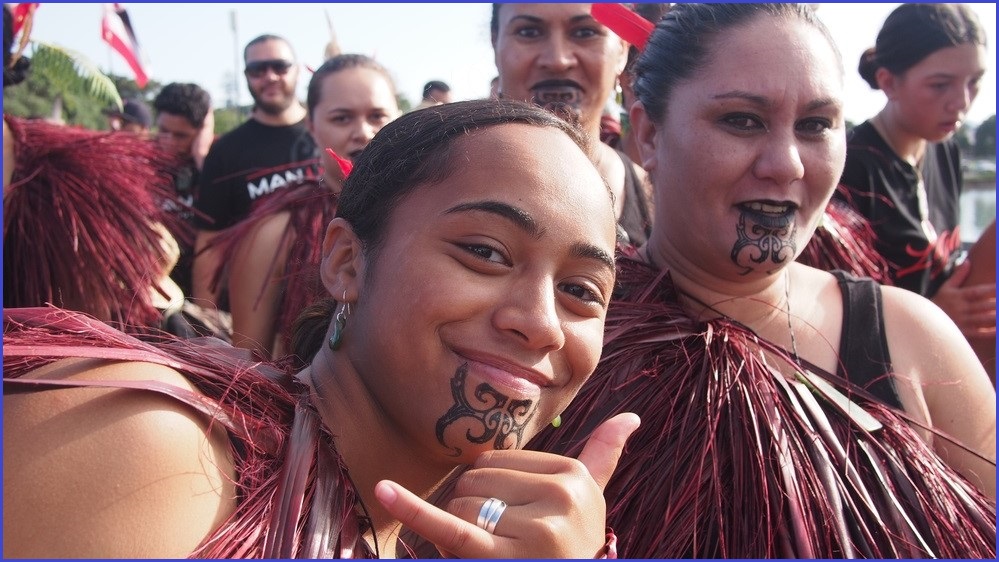Efforts to improve the reach of Māori language communications will benefit from a new partnership between Microsoft and Auckland-based AI translation pioneer Straker Translations, which will facilitate large-scale publication of Māori news and other content.
Aiming to improve the efficiency of Māori translation, the partnership will tap the AI and human-based translation capabilities of Straker’s RAY platform – already used by over 10,000 clients in 20 countries – to augment automatic translation capabilities first introduced by Microsoft in late 2019.
Microsoft’s addition of Māori to its Microsoft Translator platform leveraged neural machine translation (NMT) models that, the company said at the time, would deliver “impressive quality gains, characterised by highly fluent and accurate output, even for low-resourced languages such as Māori.”
Translation to and from the language, using automatic NMT models, is available across Microsoft Translator Text and Speech API, Office, Translator for Bing, and through the Azure Cognitive Services Translator API for use by third-party applications.
Yet machine-based translation only goes so far – particularly in relatively rare languages such as Māori, which lacks the deep and wide base of published literature and communications that has helped AI-based translators for other languages achieve excellent accuracy.
“The issue with Māori and some of the other smaller languages is that they don’t have enough of the length of existing translations in a computerised format to train the engine,” founder and CEO Grant Straker told Information Age.
“Humans need to give language context, even when you’re training a machine. It still needs a human to give context to the inputs to the machine; otherwise the machines have to train themselves – and after two or three iterations, they start to produce stuff that’s rubbish.”
To this end, Microsoft’s partnership with Straker Translations – which grew out of a chance meeting between Straker and Microsoft president Brad Smith – promises to dramatically improve the quality of Māori language translations by leveraging Straker’s human mediated translation services.
“By us being able to leverage their engine and their technology, and integrate it with our technology, we can help speed up [translation] and do that heavy lifting,” he explained, noting that easier translation to and from Māori is crucial to support its status as New Zealand’s second official language.
“We’re trying to lift the language from a technology viewpoint, so that we can help the whole ecosystem, make it free to everybody, and build a system that can give contextual information that’s relevant – such as news – every day.”
The technology could ultimately power Māori translation in Microsoft Teams, and New Zealand news aggregator Stuff.co.nz has already expressed interest in using the technology to provide a broad range of Māori news stories.
Machine translation is good enough, except when it’s not
Despite the rapid advancement of AI powered translation technologies – which are enabling automatic translation to improve customer service and hospitality services, analysis of endangered languages, real-time multilingual phone calls, and more – accuracy has been shown to vary widely depending on how extensively the models are trained on source materials.
One recent Weglot study, for example, fed 168 different language segments into Microsoft Translator, Amazon Translate, DeepL, Google Cloud, and ModernMT and used human translators to evaluate the accuracy of their translations into six different languages.
The machines confused issues such as subtle differences between Brazilian and European Portuguese, as well as punctuation and contextual semantic issues that traditionally required human correction – yet fully 85 per cent of the translations were scored as ‘very good’ or ‘acceptable’.
Italian was judged the hardest to translate and German the most accurate, with 145 of the 168 segments deemed ready to use without any human edits.
The results confirmed that machine learning was a strong complement to traditional human-based translation, Weglot CEO Augustin Prot said in concluding that “the data presented in this study… confirms that machine translation can be deployed as an accelerator in the translation process for marketing content.”
“Machine translation has reached a level of maturity where it now complements, rather than replaces, human linguists.”










